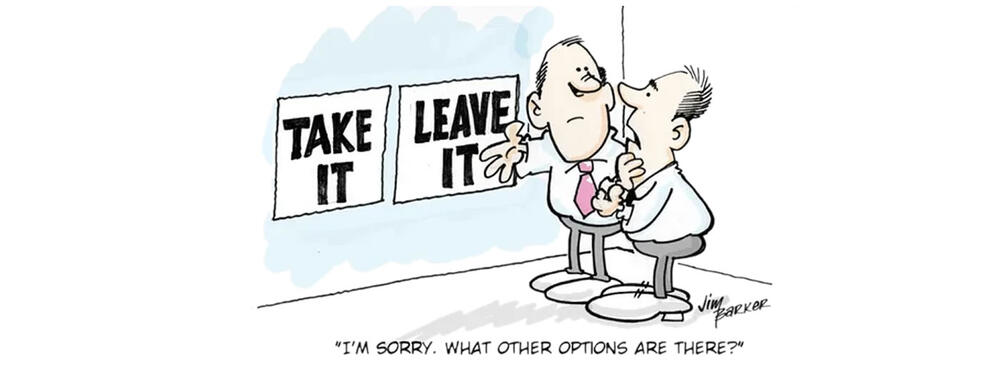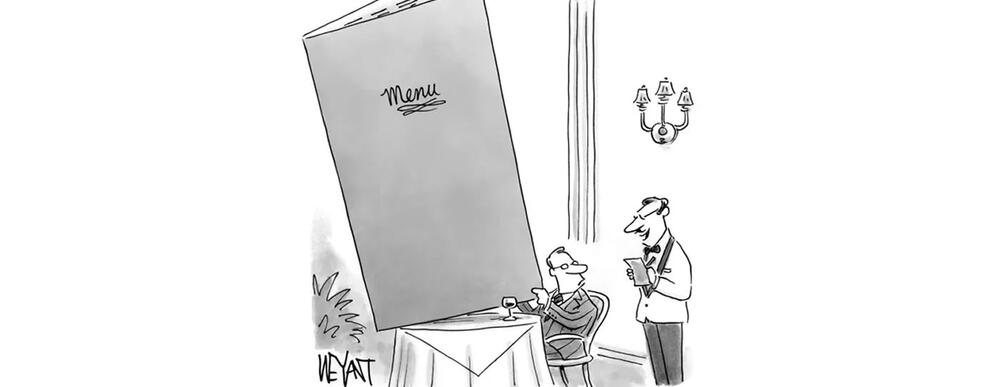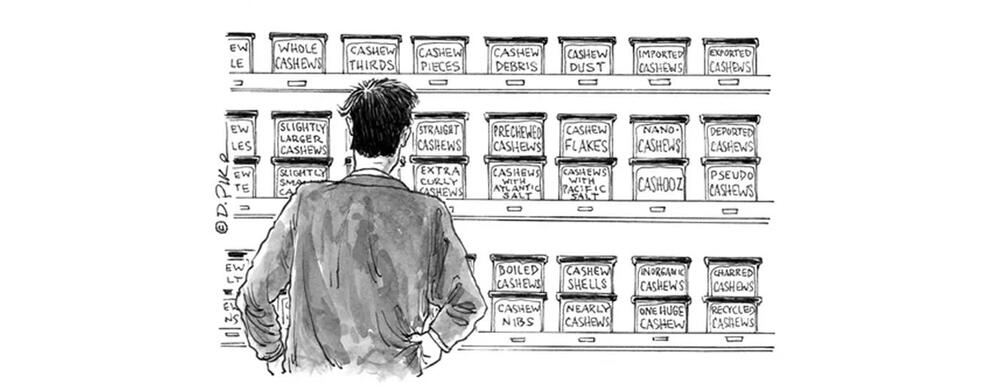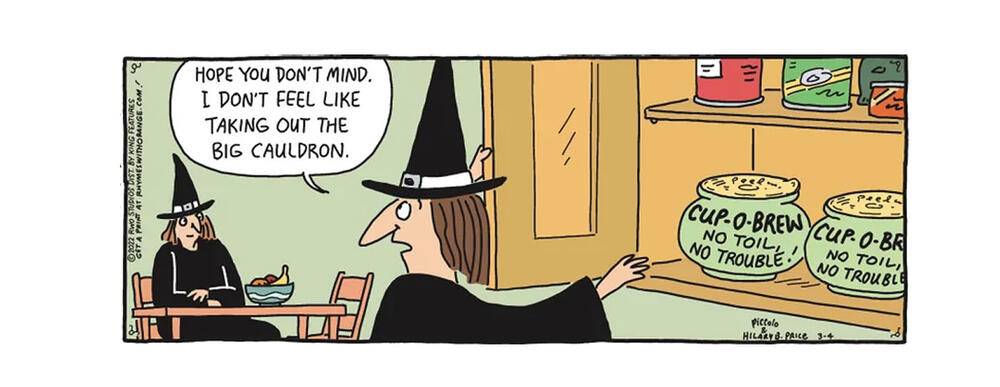Posted on Aug 20, 2022 |
Using and understanding the conjunctions and - e - o - u in the Spanish language is basic for any student of the Spanish language. And it's actually not very complicated. It's just to remember it and keep it in mind and soon you will see that you will be able to notice the differences when you write or speak in Spanish.
But first, what is a conjunction in the Spanish language? It is the word, or in this case the letter that we use to join two or more words or parts of a sentence. In this case, the conjunctions "y / e, o / u" are coordinating conjunctions, this means that they join elements in a sentence that have the same syntactic range.
Conjunction y / e
The conjunction "y" has a meaning of addition to a list, it introduces two or more possibilities, all of them valid. For example:
- Me gusta el cine de fantasía y ciencia ficción (I like fantasy and science fiction movies)
- Durante las vacaciones, me gusta jugar futbol y practicar la natación (During the holidays, I like to play soccer and go swimming)
When linking an enumeration or list of items in a sentence, the conjunction "y" is used to present the last item in the list. For example :
- Para la reunión, necesitamos la presencia de María, Julio, Martha y Jorge. (For the meeting, we need the presence of María, Julio, Martha and Jorge.)
- El año pasado, me gradué de la universidad, me mudé al centro de la ciudad, conocí a mi novia, conseguí trabajo y finalmente me compré un auto. (Last year, I graduated from college, moved downtown, met my girlfriend, got a job, and finally bought a car.)
The conjunction "y" takes the form "e" before words that begin with the vowel sound “i”. This means that if the following word starts with "i-" or "hi-", then you have to use "e" as a conjunction. This includes international words like "email", which although it starts with the letter "e", is pronounced like "i" in Spanish. For example :
- Mis compañeros de trabajo son Ernesto, Martha e Ines. (My co-workers are Ernesto, Martha and Ines)
Although, there is an exception to this last rule, and that is when the word followed by the conjunction begins with "i", but is followed by a vowel to form a diphthong, then the conjunction remains as "y". For example :
- La mesa ha sido hecha con madera y hierro (The table has been made with wood and iron)
Conjunction o / u
The conjunction "or" has the meaning of option: several possibilities are presented of which only one can take place. For example :
- No estoy seguro si pedir café o té (I'm not sure whether to order coffee or tea)
- Para esta producción fílmica viajaremos hasta Nueva York o nos quedaremos en California (For this film production we will travel to New York or we will stay in California)
When it comes to an enumeration where several options are presented, the conjunction "o" in the introduction of the last option to that list. For example :
- El director ahora puede estar en el set, en el cuarto de edición o en su oficina. (The director can now be on the set, in the editing room or at his office.)
- ¿Qué se te antoja?, podemos cenar carne, pescado o pasta. What do you want?. We can have meat, fish or pasta for dinner.
The conjunction "o" takes the form "u" before words that begin with the vowel sound “o”. This means that if the following word starts with "o-" or "ho-", then you have to use "u" as a conjunction.
- ¿Qué te gustaría comer, ya sea camarones u ostras? (What would you like to eat, either shrimp or oysters?)
- Después de Guatemala, ¿a donde planeas viajar, Costa Rica u Honduras? (After Guatemala, where do you plan to travel, Costa Rica or Honduras?)
Note : When you are listing numbers as a list of options, you must include the conjunction "or" with a tilde. This is to avoid visually confusing it with the number 0. For example :
- ¿Qué puerta abrirás, la 1, 3, 5 ó 7? (which door will you open, 1, 3, 5 or 7?)
Latest Posts
-
Easter Week 2025 Schedule Processions Antigua Guatemala
- Mar 02, 2025 -
Ten Beautiful Words in the Spanish Language
- Jul 13, 2024 -
Easter Week 2024 in Antigua Guatemala
- Feb 04, 2024



